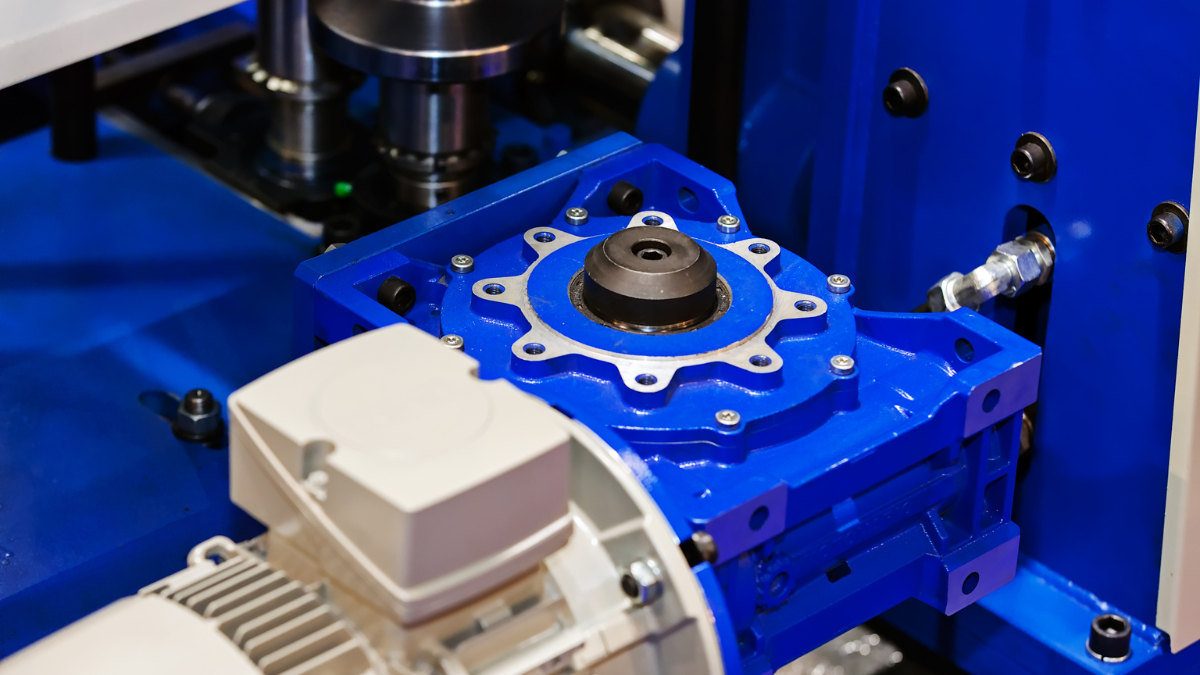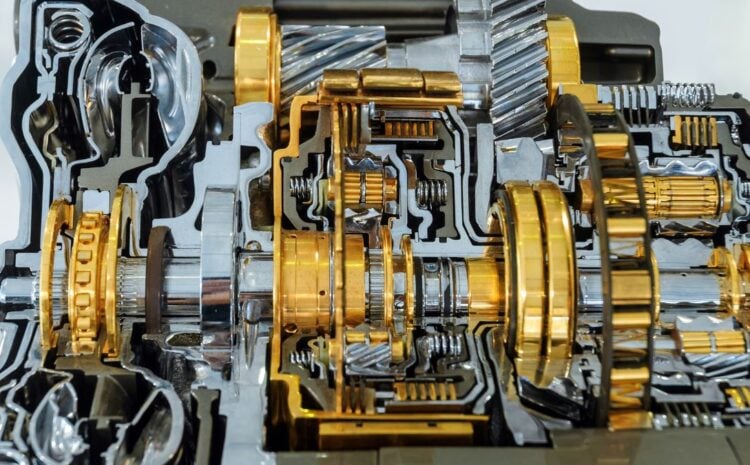When it comes to extrusion processes, the gearbox plays a crucial role in ensuring the smooth and efficient operation of the extruder. The gearbox transmits power from the motor to the screw, controls the speed and torque, and provides the necessary force to melt and shape the material. Today, we will discuss the key components of an extruder gearbox, their functions, and their importance in the extrusion process.
Basics of an Extruder Gearbox
At its core, an extruder gearbox bridges the motor and the machinery, ensuring the extrusion process goes off without a hitch. Whether we’re talking about turning raw materials into flexible filament or some other product, the gearbox plays a pivotal role. Think of it as the maestro, harmonizing the rotation speed, ensuring energy consumption is efficient, and that the twin or single screw extruder operates at its peak.
Main Components of an Extruder Gearbox
A. Input and Output Shaft
Central to the operations of the extruder gearbox are its input and output shafts. The stepper motor, renowned for its precision, propels the input shaft. In contrast, the output shaft serves as a bridge, meticulously transferring both the rotational motion and the significant torque generated to the extruder. Within the realm of geared extruders, maintaining an optimal rotation speed of the output shaft isn’t just beneficial—it’s crucial to the efficiency and efficacy of the extrusion process.
B. The Role of Bearings
Thrust bearings, integral to the functionality of the extruder gearbox, are designed to support the shaft and manage significant loads with finesse. Their distinct wear-resistant properties make them invaluable. When incorporated with superior-grade materials, these bearings minimize friction and optimize the overall smoothness and efficiency of gearbox operations.
C. The Evolution and Importance of Gears
The landscape of gear manufacturing has undergone remarkable transformations, ushering in designs that prioritize efficiency. The gear type used, whether the helical variant or the classic spur, significantly influences the gearbox’s operational efficiency and capability to transmit power. Choosing the optimal gear ratios becomes more indispensable when dealing with diverse materials and multifaceted processes.
D. Lubrication System
The lubrication system, championed by the vital lubricating oil, stands as the unsung hero in the lifespan and efficiency of a gearbox. Far from being a mere accessory, the lubricating oil guarantees enhanced wear resistance, meticulous temperature modulation, and optimized energy usage. This system judiciously circulates the oil, protecting the gears from undue wear and tear, and is pivotal in facilitating uninterrupted, seamless operations.
E. Sealings
In the battlefield of machinery, sealings are the unsung heroes. They prevent contaminants from entering and ensure lubricating oil stays where it should. Their role in temperature control is crucial, especially for plastic extruders dealing with varying materials.
F. Housing/Casing
Amidst the intricate machinery network, sealings often don’t get the limelight they deserve. Acting as vigilant guards, they thwart the intrusion of external contaminants and assertively retain the lubricating oil within the desired confines. Their contribution to maintaining a stable temperature environment is paramount, particularly in plastic extruders grappling with a spectrum of materials.
Maintenance and Troubleshooting
Just as a virtuoso occasionally requires finetuning, gearboxes need regular attention to perform at their best. Timely intervention, like gearbox repair, ensures a consistent and smooth operation. Taking early action on potential issues, whether overseeing the conveying sections or monitoring cooling systems, can prevent significant operational setbacks.
However, maintenance is more than merely responding to emerging issues. It’s about anticipation. By proactively inspecting components, verifying the effectiveness of cooling systems, and consistently assessing the quality of the lubricating oil, one can not only identify but also forestall potential challenges, ensuring lasting and optimal performance.
Recent Advancements and Innovations
The domain of geared extruders is buzzing with cutting-edge developments. With the advent of innovative materials, wear resistance has been enhanced significantly, raising the bar for durability and longevity. Moreover, the evolution of sophisticated cooling systems offers unparalleled temperature regulation, ensuring optimal conditions for extrusion processes.
The integration of stepper motors into the mix is gaining traction, too. These motors are carving a niche by offering unparalleled precision and a commendable reduction in energy expenditure.
Furthermore, gear manufacturing hasn’t been left behind. We’re witnessing a renaissance in manufacturing techniques that stand out for their commitment to excellence. Whether it’s the meticulous crafting of flexible filaments or the refinement of diverse raw materials, these pioneering advancements are redefining efficiency, making the extrusion process more streamlined and productive than we’ve ever seen.
Conclusion
From the intricacies of conveying sections to the precision required in rotation speed, an extruder gearbox’s components are diverse and integral. Whether you’re delving into the world of twin screw extruders or focusing on the single screw variant, understanding these components is crucial. After all, they play a pivotal role in transforming raw materials, ensuring temperature control, and delivering high-quality results.
With advancements in gear manufacturing and a growing emphasis on wear resistance and energy efficiency, the future of extruder gearboxes looks promising. One thing’s for sure: the symphony of machinery will continue to play, and the extruder gearbox will remain its conductor.



